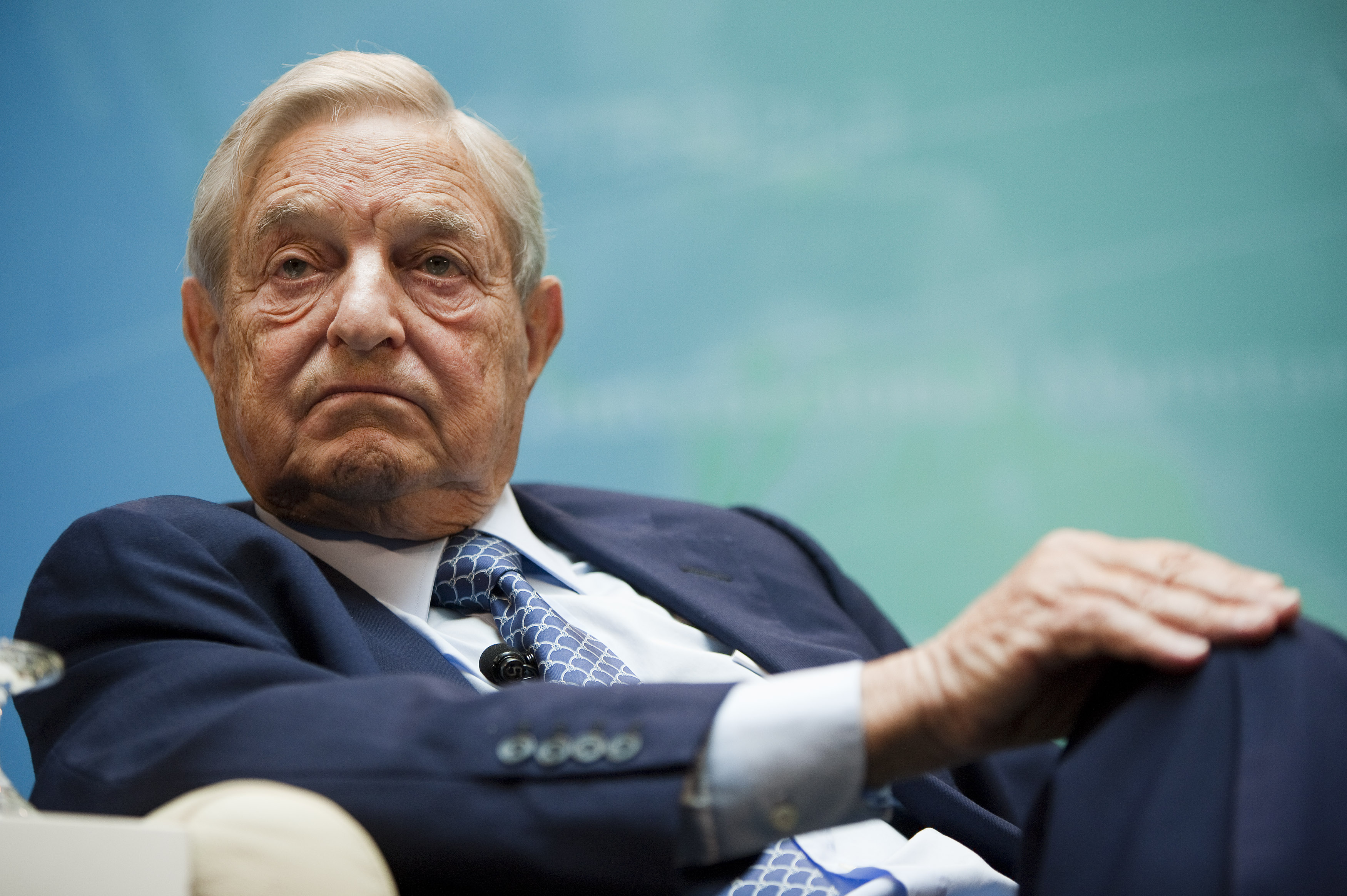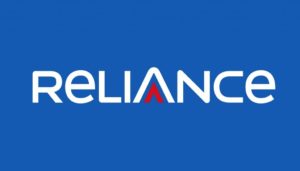General Insurance Corporation of India Ltd. (GIC) is the largest reinsurance company in India in terms of gross premiums accepted in Fiscal 2017, and is accounted for approximately 60% of the premiums ceded by Indian insurers to reinsurers during Fiscal 2017, according to CRISIL Research. GIC is also an international reinsurer that underwrote business from 161 countries as at June 30, 2017. According to CRISIL Research. Corporation ranked as the 12th largest global reinsurer in 2016 and the 3rd largest Asian reinsurer in 2015, in terms of gross premiums accepted. It provides reinsurance across many key business lines including fire (property), marine, motor, engineering, agriculture, aviation/space, health, liability, credit and financial and life insurance. Through more than 44 years of experience in, and commitment to, providing reinsurance products and services, GIC believe that it has become a trusted brand to its insurance and reinsurance customers in India and overseas.
GIC has diversified its business geographically to grow underwriting business and profitability as well as to maintain a balanced portfolio of risks. Its gross premiums on a restated consolidated basis from international business in Fiscal 2017, Fiscal 2016 and Fiscal 2015 were Rs.10300.45 cr. Rs. 8339.69 cr. and Rs. 6609.45 cr. respectively, and gross premiums have grown at a CAGR of 24.84% from Fiscal 2015 to Fiscal 2017. In Fiscal 2017, Fiscal 2016 and Fiscal 2015, its gross premiums for risks outside of India were 30.53%, 45.00% and 43.28%, respectively, of its total gross premiums. GIC’s gross premiums on a consolidated restated basis from international business for the three months ended June 30, 2017 were Rs. 3004.97 cr. and its gross premiums for risks outside of India were 17.34% of total gross premiums. It has developed its overseas business through home office in Mumbai, branch offices in London, Dubai and Kuala Lumpur, a representative office in Moscow, a subsidiary in the United Kingdom that is a member of Lloyd’s of London and a subsidiary in South Africa.
In Fiscal 2017, GIC led 74.79% of the reinsurance treaties in which it participates in the Indian non-life market. It also administers three domestic reinsurance pools and one African-Asian reinsurance pool that allow it to manage reinsurance economics and strengthen relationships with customers. GIC maintains a diversified investment portfolio to generate investment returns to support liabilities for the reinsurance it underwrites and to create shareholder value. GIC has an Indian investment portfolio, which includes fixed income debt securities including Government securities, equity securities including exchange traded funds, and other investments, but does not include fixed term deposits for its business written outside of India at its branches. As at June 30, 2017 and March 31, 2017, GIC’s Indian investment assets on a standalone restated basis had a carrying value of Rs. 41929.85 cr. and Rs. 39126.27 cr. respectively, and a fair value of Rs. 73902.56 cr. and Rs. 69162.58 cr. respectively. Corporation’s investment income from its Indian investment assets on a restated standalone basis in Fiscal 2017, Fiscal 2016 and Fiscal 2015 was Rs. 4515.61 cr. , Rs. 4174.99 cr. and Rs. 4176.06 cr. respectively, and has grown at a CAGR of 3.99% from Fiscal 2015 to Fiscal 2017. Our yields (without unrealized gains) from Indian investment assets on a standalone restated basis in Fiscal 2017, Fiscal 2016 and Fiscal 2015 were 12.35%, 12.91% and 14.08%, respectively. In the three months ended June 30, 2017, its investment income and yields (without unrealized gains) from Indian investment assets on a restated standalone basis was Rs. 1046.79 cr. and 10.33%, respectively. In addition to its Indian investment assets, GIC holds fixed term deposits at banks outside of India for its overseas business (written outside of India at its branches) from which it earned Rs. 99.76 cr. in interest income in Fiscal 2017. GIC follows robust and comprehensive risk management framework.
Further, as at June 30, 2017 and March 31, 2017, 2016 and 2015, it had a restated consolidated net worth (including fair value change account) of Rs. 52116.00 cr. Rs. 49550.85 cr. Rs. 40870.26 cr. and Rs. 43384.29 cr. respectively. GIC’s total assets on a restated consolidated basis as at June 30, 2017 and March 31, 2017, 2016 and 2015 amounted to Rs. 108320.69 cr. Rs. 97079.44 cr. Rs. 76102.75 cr. and Rs. 74916.43 cr. respectively.
It had a solvency ratio of 1.83, 2.41, 3.80 and 3.32, calculated on a restated standalone basis as at June 30, 2017 and as at March 31, 2017, 2016 and 2015, respectively, against the minimum statutory requirement of 1.50. GIC has paid successive annual dividends in the past five fiscal years (including a proposed dividend in Fiscal 2017) to the Government of India as it’s shareholder, and corporation’s dividends during last five fiscal years were an aggregate of Rs. 3320.05 crore. Reinsurance premiums in India are projected by CRISIL Research to increase at a CAGR of 11-14% over the next five years to reach Rs. 70000 crore by Fiscal 2022. As a trusted brand in the Indian market with 44 years of experience, GIC believes that it is well placed to take advantage of this industry growth.
To meet its capital augmentation plan, working capital and listing purpose, GIC is coming out with a maiden IPO of 124700000 equity share of Rs. 5 each via book-building route with a price band of Rs. 855 – Rs. 912 per share to mobilize Rs. 10661.90 crore to Rs. 11372.60 crore (based on lower and upper price bands). Minimum application is to be made for 16 shares and in multiples thereon, thereafter. GIC is offering Rs. 45 per share cash discount to retail and eligible employees. The issue opens for subscription on 11.10.17 and will close on 13.10.17. The issue consists of fresh equity issue of 17200000 equity shares and an offer for sale of 107500000 equity shares of Rs. 5 each. The Offer includes an Employee Reservation Portion for Eligible Employees aggregating up to Rs. 116,800,000. Post allotment; shares will be listed on BSE and NSE. BRLMs to this issue are Citigroup Global Markets India Pvt. Ltd., Axis Capital Ltd., Deutsche Equities India Pvt. Ltd. HSBC Securities & Capital Markets (India) Pvt. Ltd., Kotak Mahindra Capital Co. Ltd. Karvy Computershare Pvt. Ltd. is the registrar to the issue.
Despite the mega issue, it is not going to have anchor bidding. Issue constitutes 14.22% of fully diluted post issue paid up capital of the corporation. Corporation has raised equity at par from 1972 to 1975 and has also issued bonus shares in the ratio of 1 for 1 in December 1982, 1 for 2 in January 1986, 2 for 3 in July 1990, 1 for 1 in February 1994 and 1 for 1 in June 2005. Post Issue Corporation’s current paid up equity capital of Rs. 430 crore will stand enhanced to Rs. 438.60 crore.
On consolidated basis, GIC has posted an average EPS of Rs. 34.81 and average RoNW of 16.61% for last three fiscals. The issue is priced at a P/BV of 3.89 and at a P/E of around 31.19. If we annualize latest earnings and attribute it on fully diluted equity post issue, then asking price is around P/E of 32. Thus the issue appears fully priced. It has no listed peer to compare with.
On BRLM’s front, 5 merchant bankers associated with the offer have handled 45 public offers in the past three years, out of which 12 offers closed below the offer price on listing date.
Conclusion: GIC IPO is the first mover in Re-insurance segment, hence going forward, it will create fancy, but considering the fate of recent insurance sector IPO’s performance post listing and the mega size of this fully priced offer with wider chances of allotment, immediate rewards are unlikely. Hence cash surplus investors may consider a moderate investment for long term.
The original review appears on chittorgarh.com and is penned by Dilip Davda. It is available here.









